- Home
- Health Topics
- Environment
- Drinking Water
Drinking Water

In Ontario, there are certain standards that drinking water must meet in order for it to be safe to drink. A reliable municipal water system benefits the community in many ways. The provincial government, through the Ministry of the Environment, Conservation and Parks, regulates these systems to ensure water safety and quality.
On this page
Boil Water Advisories
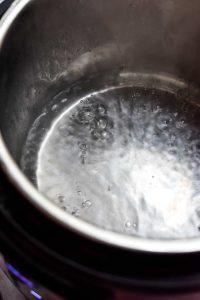
September 4, 2025 – Boil water advisory in effect for White Oaks Village and Nanticoke Business Park
Grand Erie Public Health (GEPH) has issued a boil water advisory for the White Oaks Village in Hagersville and Nanticoke Business Park until further notice. Public health has been advised of water samples that indicate the presence of bacteria in the water.
Those in the impacted area are advised to use bottled water or boil tap water for at least one minute before drinking, preparing infant formula and juice, brushing teeth, making ice or using the water to prepare food.
Those impacted will be notified once the advisory has been lifted.
Cisterns
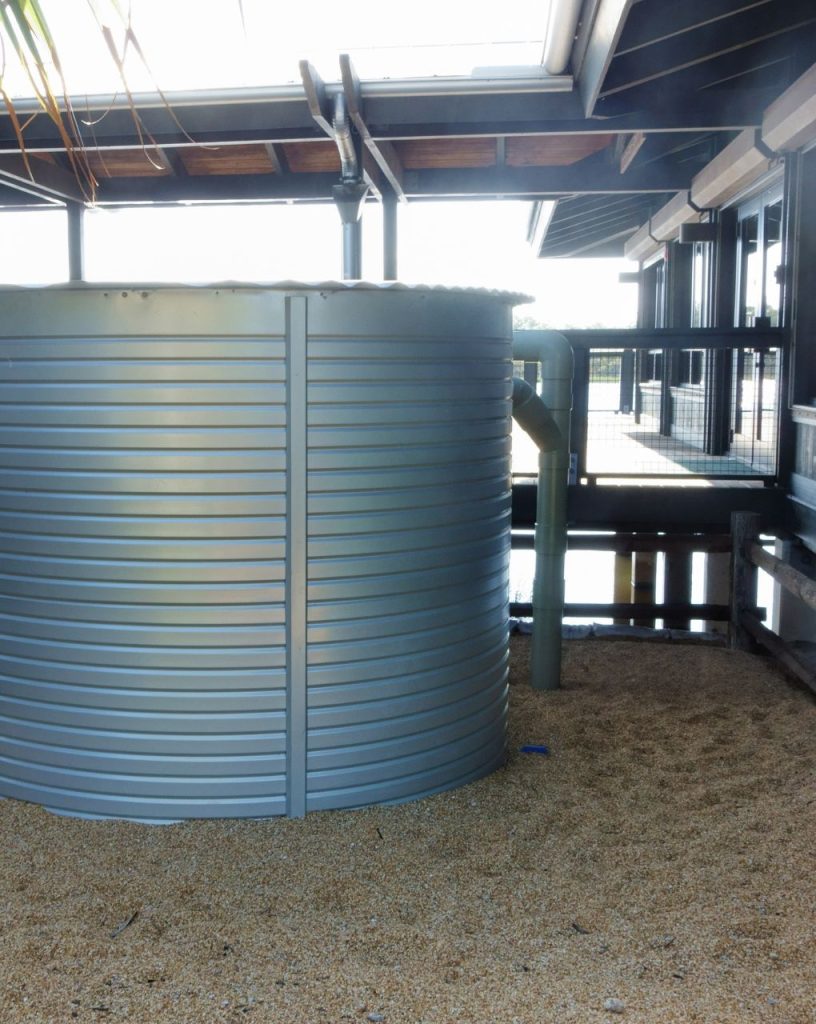
In many rural areas, municipal water service is not available. In such cases, it is necessary for a home owner to use an alternate water supply. Where there is no body of water or well on the property, many homes rely on the use of a cistern. A cistern is a large holding tank of water. It is filled periodically by a water supply company, or by rainfall.
Drinking Water Hauler Inspection Program
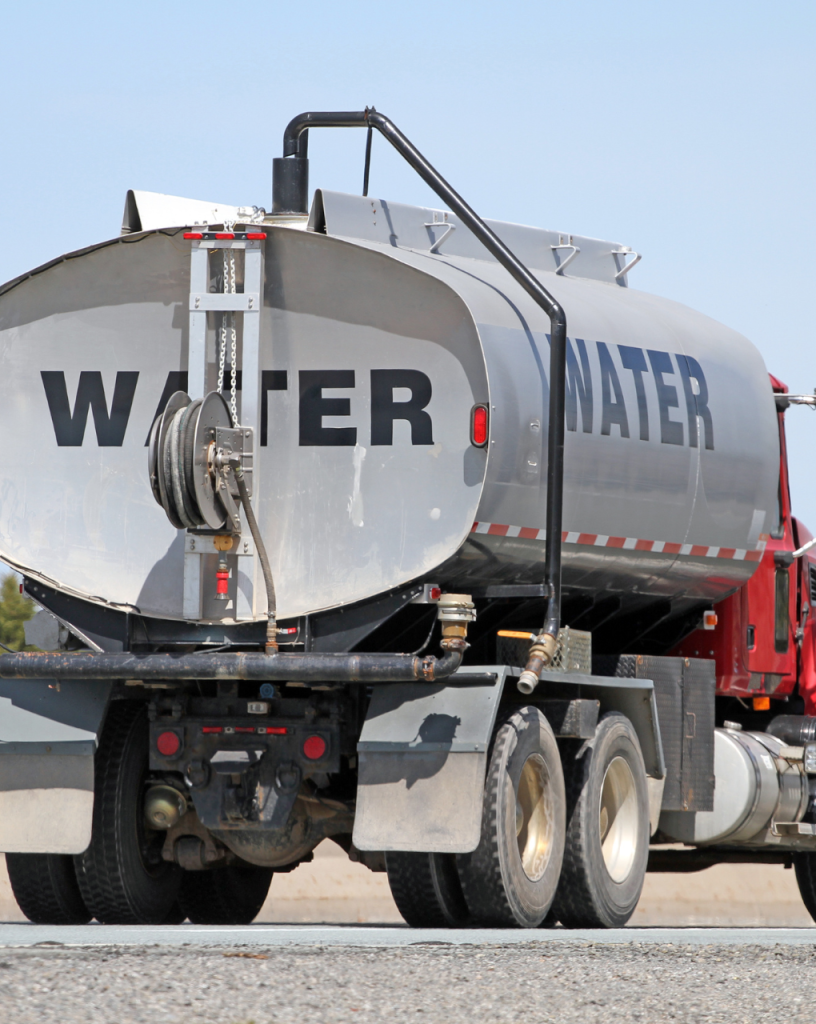
Drinking water haulage vehicles supply water to homes in Haldimand and Norfolk that are serviced by wells or cisterns with unreliable water yield or unsafe water quality.
List of Licensed Laboratories
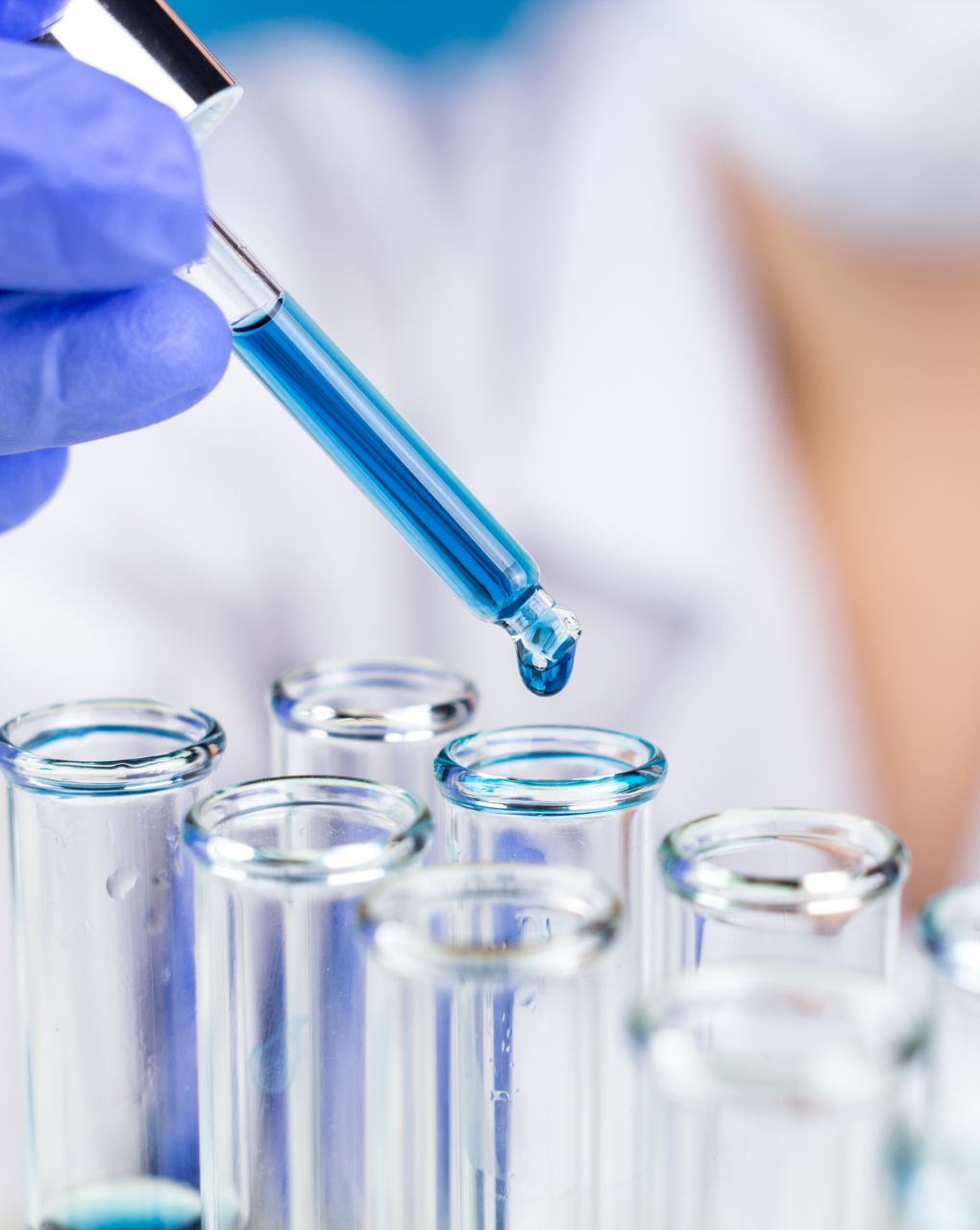
Under the Safe Drinking Water Act, labs must be accredited and licensed to test drinking water.
In Ontario, the Ministry of the Environment, Conservation and Parks:
- licenses laboratories
- inspects laboratories
- ensures that laboratories comply with laws and rules around drinking water testing
A drinking water testing licence authorizes a laboratory to carry out analysis for specific drinking water tests by approved analytical techniques.
Private Well Water
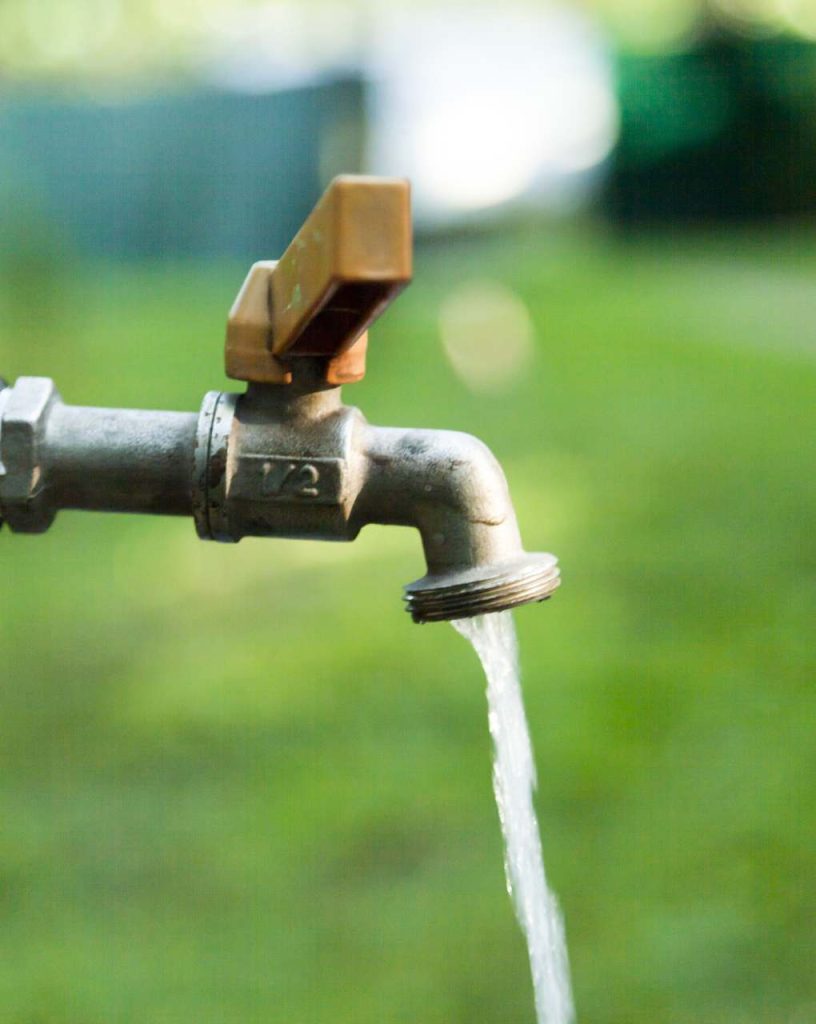
Well water quality can change throughout the year, and after certain events such as heavy rainfall or flooding. It is recommended that well water be tested at least three times a year.
Free well water testing is available to private residences year-round.
Water Testing
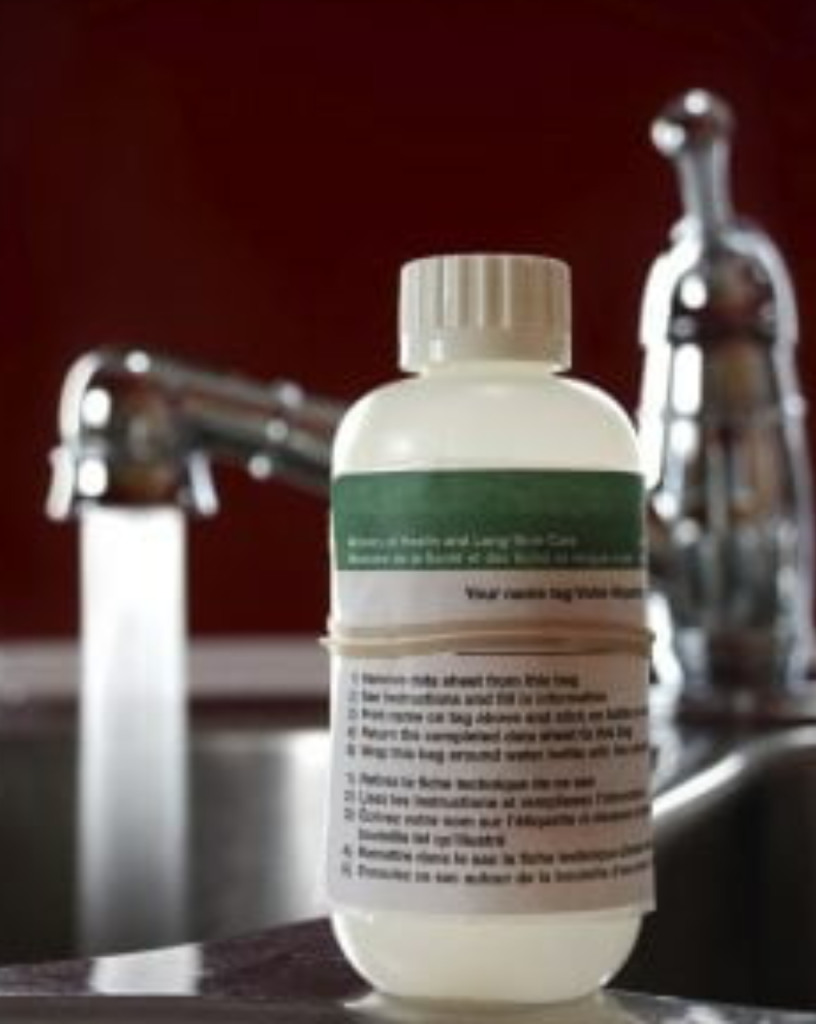
Drinking water is tested for the presence of two groups of bacteria, total coliform bacteria and E.Coli bacteria. Your results are the number of bacteria in 100 millilitres of your water sample.
Small Drinking Water Systems
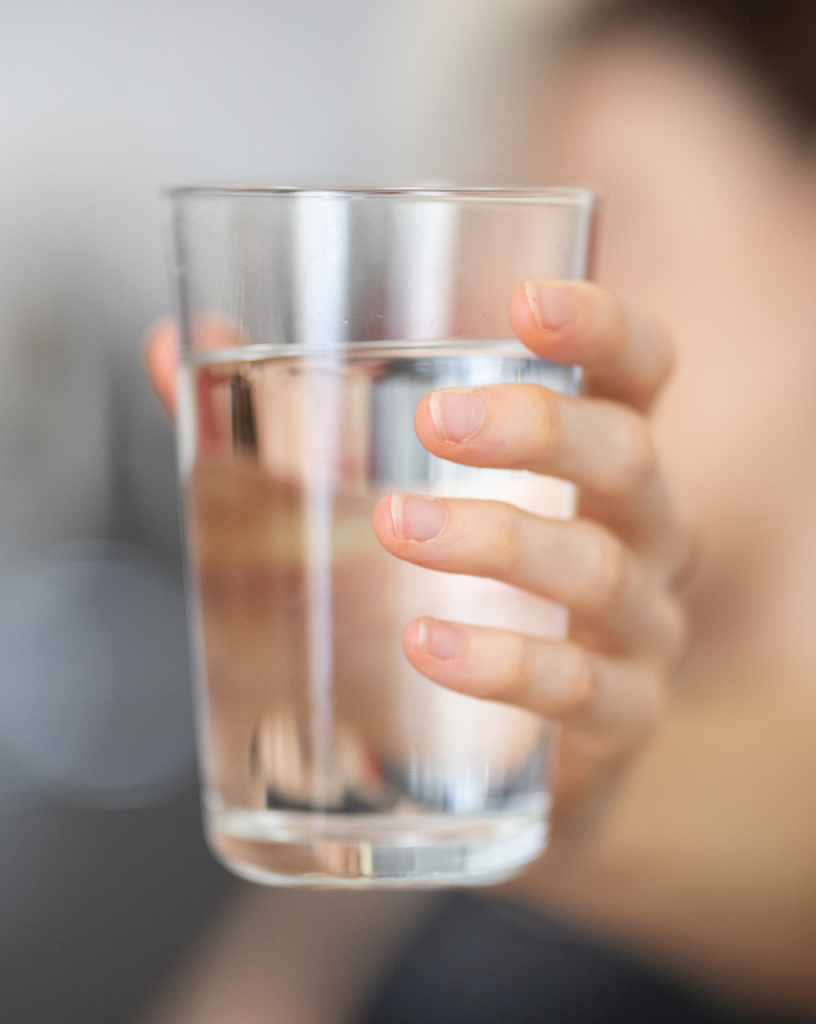
If you provide access to drinking water for the public and your water is not provided by a municipal source, you may be operating a Small Drinking Water System (SDWS). These systems must follow the requirements under the law, Small Drinking Water Systems (O. Reg. 319/08).
Per-Polyfluoroalkylated Substances (PFAS)
What are PFAS
Per- and Polyfluoroalkylated Substances (PFAS) are manmade substances. The most common are perfluorooctane sulfonate (PFOS) and perfluorooctanoic acid (PFOA). We use many products that contain PFAS. They can be used to keep food from sticking to cookware, to make carpets and sofas resistant to stains, to make clothes and mattresses more waterproof, and to make some food packaging resistant to grease absorption. Due to their common use in everyday products, almost everyone is exposed to low levels of PFAS from the air, soil, indoor dust, food, drinking water, and various consumer products.
PFAS in the Environment
Per- and Polyfluoroalkyl Substances (PFAS) have been used since the 1950s for their resistance to water, heat, and stains. Because they break down very slowly, PFAS can remain in the environment for decades, which is why they’re often called “forever chemicals.” Over time, they can build up in soil, air, water, and living organisms, including people.
Where PFAS are Found
PFAS have been used in thousands of everyday products, including:
- Non-stick cookware (like Teflon pans)
- Water-resistant clothing and outdoor gear
- Stain-resistant carpets and furniture
- Food packaging, such as microwave popcorn bags and fast-food wrappers
- Certain firefighting foams and industrial products
Because PFAS are so widely used and persistent, small amounts are found almost everywhere, in the air we breathe, the food we eat, and sometimes in our drinking water.
PFAS and Drinking Water
PFAS can enter drinking water sources when products containing these chemicals are manufactured, used, or disposed of. While levels can vary, the presence of PFAS in water does not always mean there is an immediate health risk. Ongoing monitoring and testing help identify where PFAS are found so that actions can be taken to reduce exposure and protect public health.
How do PFAS enter the body?
All Canadians are exposed to PFAS because these chemicals have been used in many products and last in the environment for a long time.
In most cases, the main route of exposure is through ingestion. PFAS are not easily absorbed into the skin, and are usually not inhaled since most PFAS are not volatile.
Infants, toddlers, and children may be exposed through hand-to-mouth contact with fabrics and products containing PFAS.
PFAS Regulations
In Ontario, PFAS are not currently regulated under provincial drinking water laws, meaning there are no enforceable limits for these chemicals in drinking water. However, both Ontario and Health Canada have developed guideline values to help assess the safety of drinking water that may contain PFAS. These guidelines differ slightly between the federal and provincial levels. Even though PFAS are not yet regulated, these guidelines play an important role in helping public health and environmental agencies identify when further review or action may be needed. Ongoing scientific research and regulatory discussions are underway across Canada to determine how best to manage and reduce PFAS exposure in the future.
